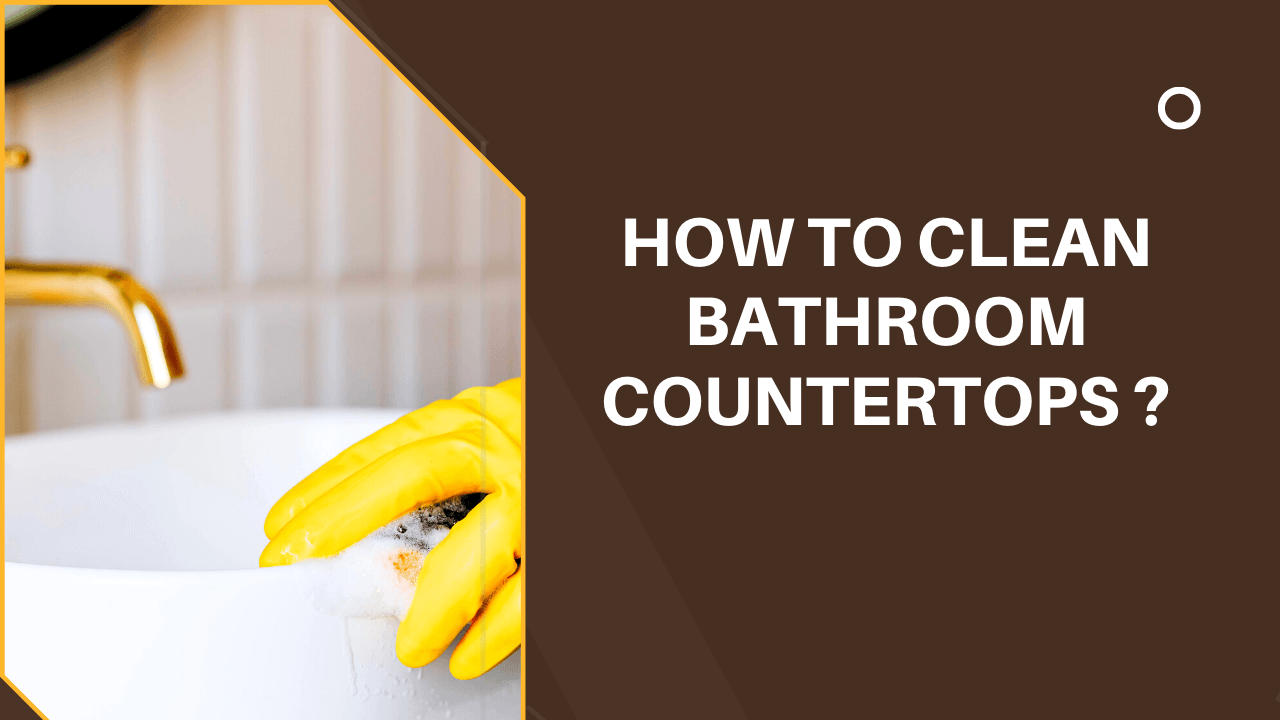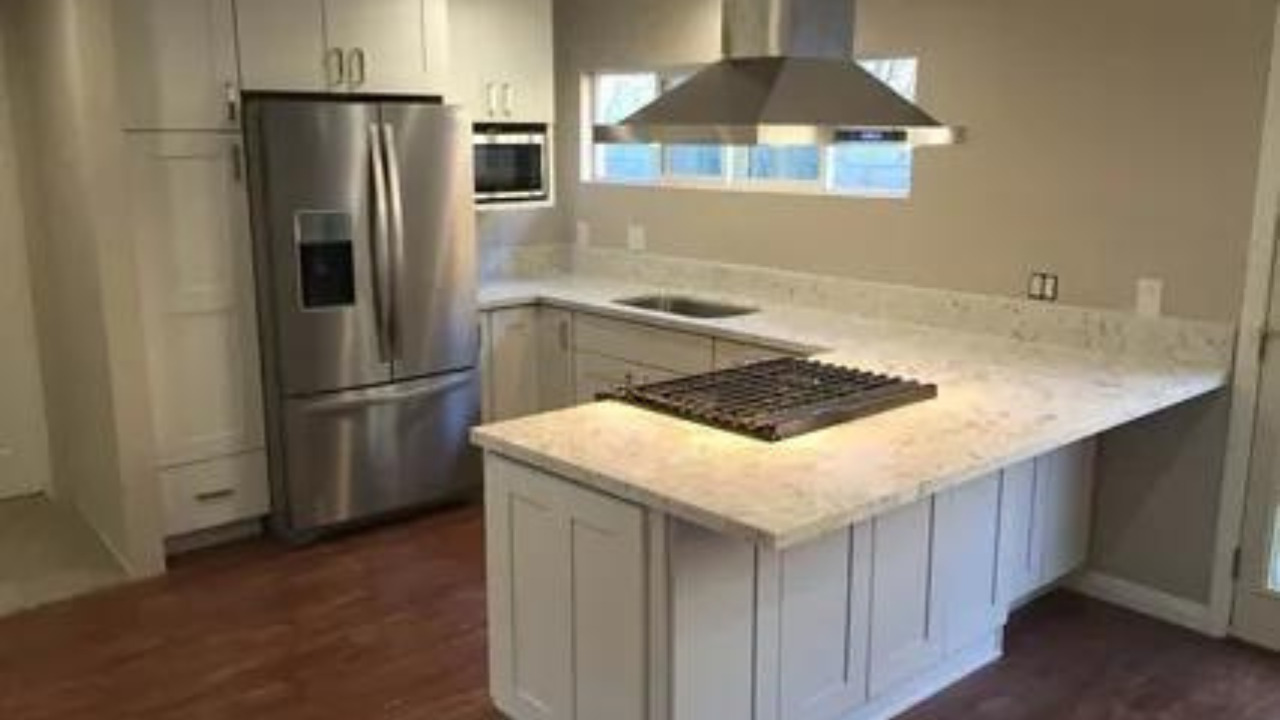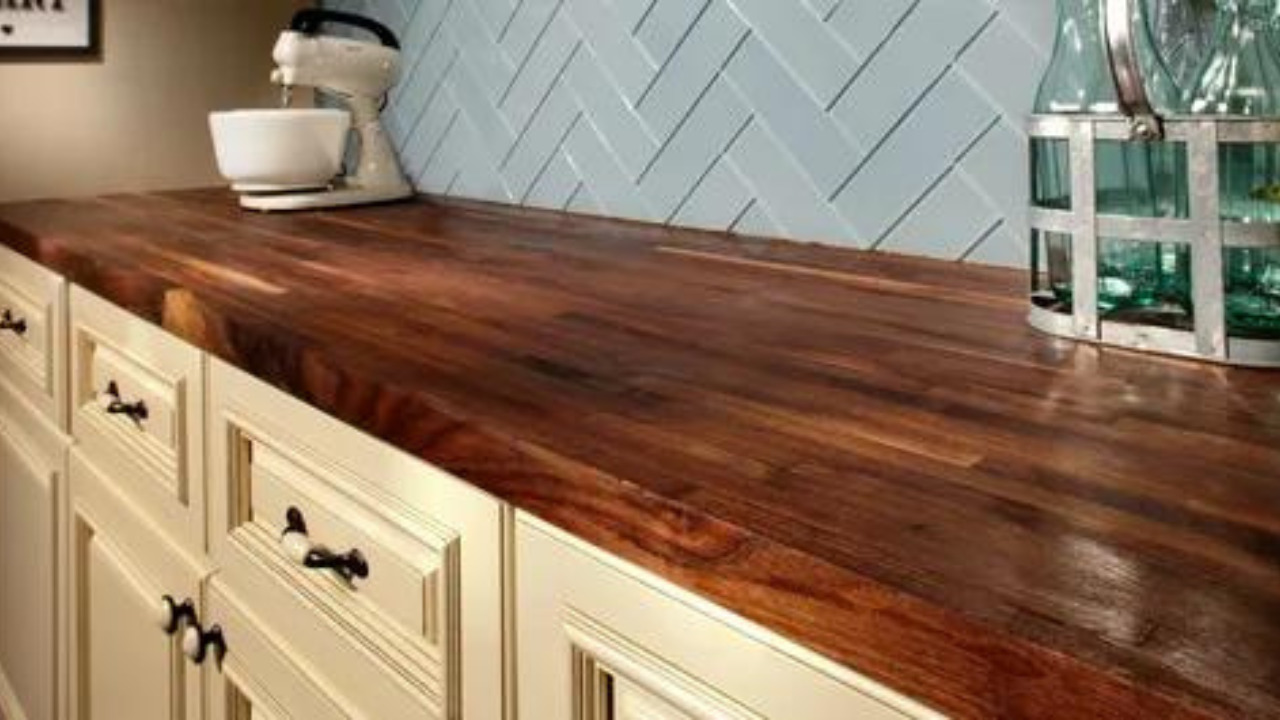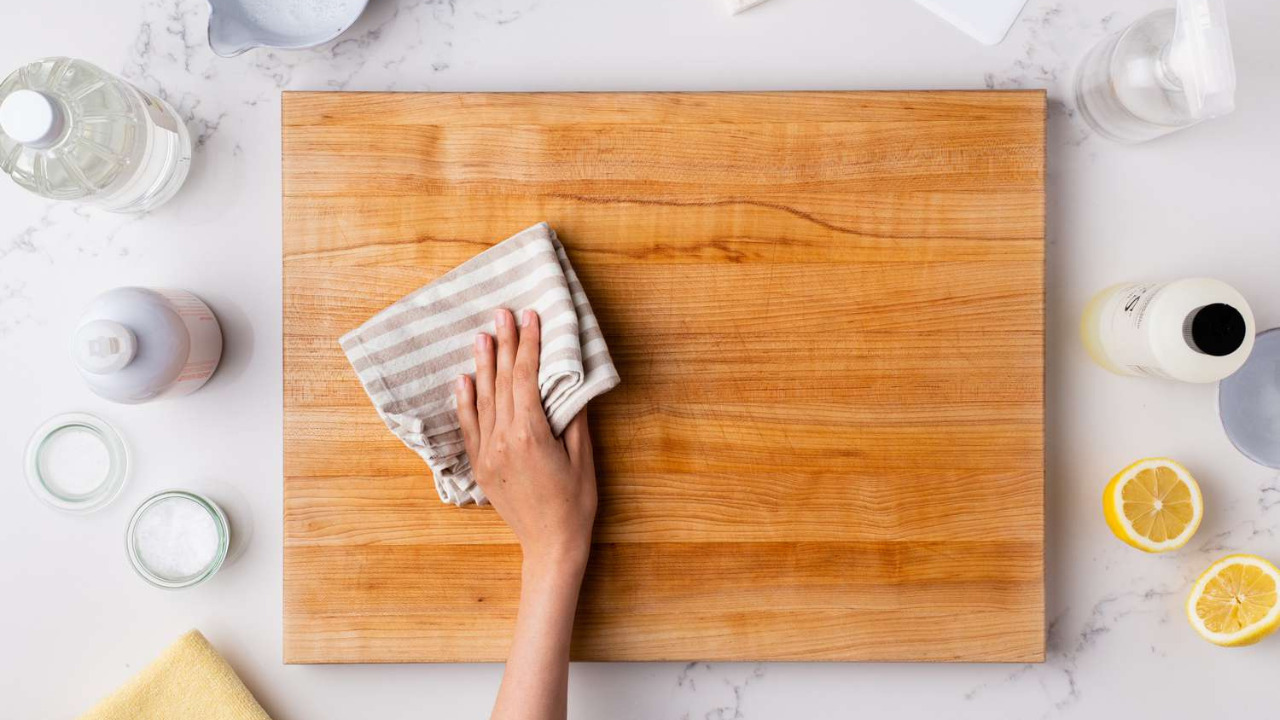Cleaning the surfaces in a room is a simple approach to improve the room’s overall appearance. The bathroom counter is crucial for your bathroom. A well-kept bathroom counter helps the entire space appear more orderly and inviting. Continue reading to learn how to clean a bathroom counter.
Throughout the day, your bathroom countertops can accumulate much grime. As you go about your daily routines, dust, germs, hard water stains, and more accumulate on the surface, and the longer you wait to wash down your counters, the harder they are to clean.
This is especially true in the bathroom, where the humid environment fosters mold and mildew growth, which can be hazardous to one’s health and difficult to remove. Incorporate a few everyday cleaning habits into your routine to maintain your bathroom countertops beautiful and germ-free, and schedule a deeper cleaning once a week.
Table of Contents
Regular Cleaning Is Better Than Anything
Each day, quickly clearing up your counters will make a significant impact on the appearance of your bathroom. Take a few minutes after your morning ritual to double-check that everything is in its proper place.
Put your toothbrush back in its holder and your hair tools behind the cabinets. Before you depart, wipe the countertop down with a damp cloth or a cleaning wipe to catch any new spills.
Regularly cleaning your bathroom countertops using a non-abrasive cleaning solution is the best method to keep them looking brand new for years. This tiny but significant change to your daily routine will dramatically improve the appearance of your bathroom.
1) Use Sanitizing Sprays
Consider using a cleaning wipe or a sanitizing spray if you want to be particularly cautious about germs. Vinegar is a disinfectant that is produced naturally. Spray your counter with a vinegar-filled spray bottle and wipe dry with a clean cloth.
Make sure to repeat the process if needed to maintain the sanitization level of your countertops. To begin, prepare a paste with baking soda and water in a small bowl. Wait for ten minutes after applying the paste to the stain. Wipe with a clean cloth after wiping with a gentle damp sponge.
2) Deep Cleaning Of The Countertops
Using your preferred all-purpose cleaner, spray the surface and wipe it off with a cleaning cloth. Before using, double-check the label to make sure the product is acceptable for your countertop material. In a spray bottle, combine equal parts vinegar and water to produce a DIY bathroom countertop cleanser.
Spritz it on the surface and wipe with a cloth to dislodge stubborn build-up, or combine it with a baking soda paste and gently scrub.
It’s worth noting. However, that different countertop materials have distinct cleaning requirements. On bathroom granite and natural stone countertops, never use vinegar or other acidic chemicals like lemon juice.
Only mild liquid dishwashing detergent mixed with water or cleansers formulated for the material should be used to clean these surfaces. Surface-specific cleaning chemicals are also required for glass or wood surfaces.
On the other hand, laminate bathroom countertops are more durable and may be cleaned with commercial cleaning sprays, mild bleach solutions, vinegar, or warm soapy water.
3) Use Soft Cleaning Brush Or Sponge
To avoid damaging the surface of your bathroom countertop, use a soft cleaning cloth or sponge instead of abrasive cleaning equipment like steel wool or scouring pads. For stains, scrub with a soft-bristled toothbrush on hard-to-reach edges and corners. When you’re finished, wipe the surface with a clean cloth.
4) Make Your Own Cleaning Solution
It’s all too easy to get sucked by the endless aisles of cleaning items at the supermarket. It appears to be a no-brainer with the bright selections and optimistic claims to clean your bathroom the best. Making your own cleaning agent with products you already have at home, on the other hand, can save you money.
Indeed, it won’t come in the same flashy packaging, but it’ll do the job just fine. In a spray bottle, combine vinegar and water. Scrub with a minimally abrasive cleaner or baking soda paste after spraying it on the counter.
5) Don’t Use Harsh Ingredients Or Chemicals For Countertops Cleaning
Stone countertop sealants can be dulled and weakened by solutions such as white vinegar, glass cleaner, bleach, and hydrogen peroxide. Furthermore, harsh scrubbing pads and steel wool can harm the surface, resulting in complex and costly repairs.
A dish soap and water mixture are another popular method for cleaning granite countertops in the bathroom, but they won’t assist much with polishing. When you wash using liquid dish soap, a tiny layer of residue is left behind. This coating will likely thicken over time, dulling the surface you’ve been cleaning.
6) Scrub The Countertops Only If Necessary
To properly clean the surface without leaving scratches, use a non-abrasive sponge or soft cloth. Remove the smudges. Wipe clean the counter thoroughly with a damp sponge, non-abrasive cloth, or paper towel to achieve a residue-free finish. Allow time for the surface to dry before reinstalling goods on the counter.
Conclusion
Hopefully, you won’t have to see the dirty countertops in your bathroom after considering the discussed cleaning patterns. Well, it’s up to you to either clean the countertops regularly or go for the deep cleaning once a week. Enjoy having the well-cleaned and germs-free countertops in your bathroom!





